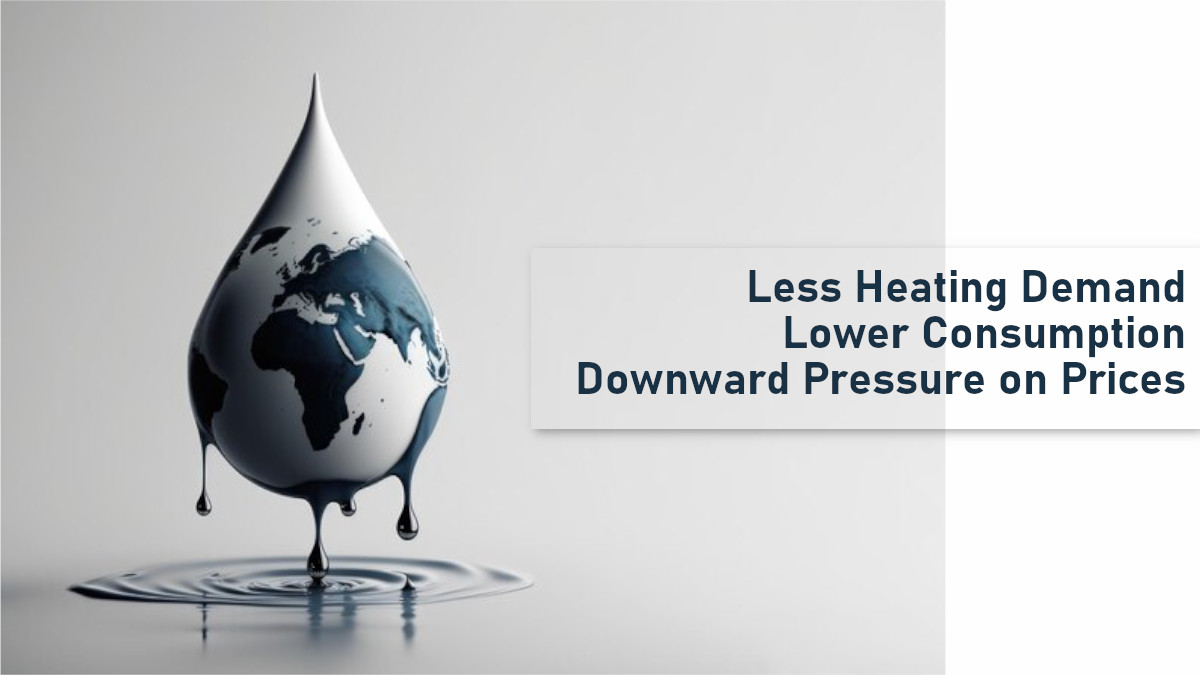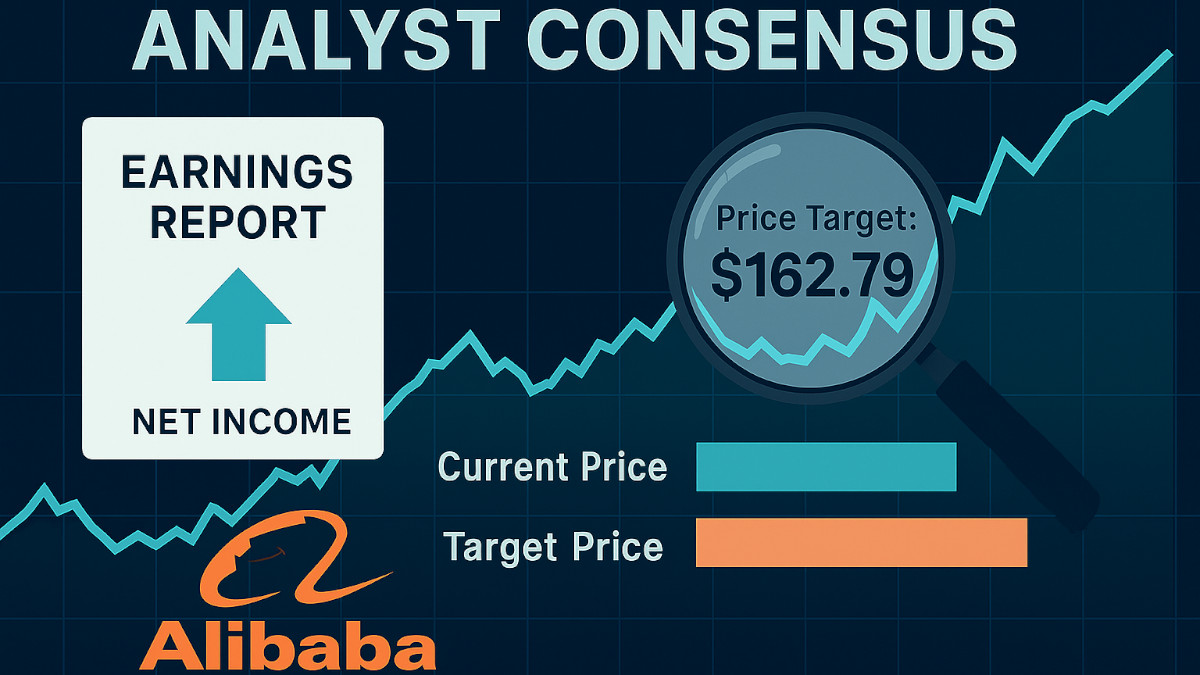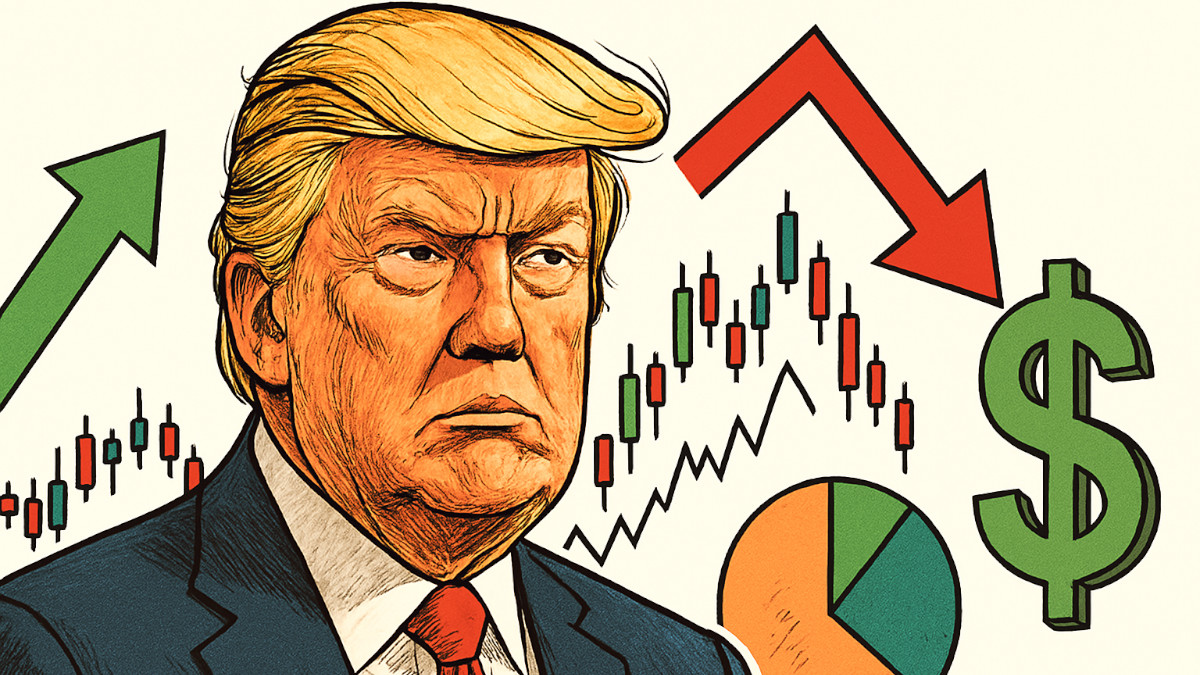- Analytics
- Trading News
- AstraZeneca: Steady Growth and Hidden Potential in the Weight-Loss Race
AstraZeneca: Steady Growth and Hidden Potential in the Weight-Loss Race

As investors flock to obesity-focused drugmakers like Eli Lilly and Novo Nordisk, AstraZeneca stands out as a promising alternative with a more reasonable valuation and a proven track record. AstraZeneca may not get the same level of attention in the race for weight-loss treatments, its steady growth in oncology and cardiometabolic diseases position it as a strong long-term bet.
Under the leadership of CEO Pascal Soriot, AstraZeneca has transformed over the past decade. Soriot famously fended off Pfizer’s $120 billion takeover bid in 2014 and set an ambitious target to grow the company’s annual revenue from $26 billion to $45 billion by 2023.
Skeptics doubted the feasibility, but AstraZeneca exceeded that target last year, posting $45.8 billion in sales. Now, Soriot has set a new goal: $80 billion by 2030. With a history of success, investors have reason to believe the company can hit that mark.
Oncology Success Drives Growth
AstraZeneca’s focus on cancer treatments has been a cornerstone of its recent success. In 2014, the company’s cancer sales were $3 billion, a figure that soared to $17 billion by 2023. This impressive growth was driven by drugs like Tagrisso for lung cancer, Imfinzi for lung and bladder cancer, and Lynparza for ovarian cancer. Tagrisso alone is expected to continue its strong sales trajectory, potentially exceeding $7 billion annually by the end of the decade. Tagrisso benefits from orphan drug designation, allowing it to avoid Medicare price negotiations under the Inflation Reduction Act.
Collaborations with Japan’s Daiichi Sankyo have also paid off handsomely for AstraZeneca. Their joint development of Enhertu, a drug targeting HER2-positive breast cancer, has been a success. Enhertu’s ability to challenge Roche’s dominance in this space has boosted AstraZeneca’s credibility as a major player in oncology. A similar strategy could help the company tap into cardiovascular and metabolic diseases, such as obesity.
The Obesity Pipeline: A Quiet Contender
Although AstraZeneca has not been as vocal as its rivals about its obesity pipeline, it is quietly building a presence in this lucrative market. The company is set to release important data at a conference in San Antonio in early November, which could be a turning point for its obesity strategy.
Key among these updates will be data from an early-stage study of a GLP-1 pill acquired through a deal with China’s Eccogene. Plus, AstraZeneca is working on a long-acting injection targeting the gut hormone amylin, another promising avenue for weight loss.
Investors aren’t pricing in AstraZeneca’s obesity potential just yet, given the early-stage nature of its research. However, positive data later this year could shift perceptions, especially if the company’s obesity treatments show potential to complement its cardiometabolic portfolio. For example, combining its GLP-1 pill with Farxiga, a top-selling diabetes drug, could create a powerful synergy in treating obesity-related metabolic disorders.
AstraZeneca's Strength Lies in its Diversity
AstraZeneca’s strength lies in its diversity, but this can also be a challenge. The company has about 20 late-stage trials of entirely new drugs, which can overwhelm generalist investors trying to assess its full potential. Well it’s a good problem to have.
Beyond cancer and obesity, AstraZeneca has been making steps in antibody drug conjugates (ADCs), radiopharmaceutical therapies, immunotherapies, and cell therapy. Its collaboration with Daiichi Sankyo on ADCs, which combine antibodies with toxic agents to fight cancer cells, continues to be a major growth driver. The companies are awaiting FDA approval for another ADC, Dato-DXd, which targets lung cancer and holds significant commercial potential for treating breast cancer.
Valuation: Reasonable for the Growth Potential
At 18.8 times its prospective 12-month earnings, AstraZeneca’s stock isn’t cheap but remains reasonably priced considering its growth prospects. This is especially true when compared to obesity-focused peers Eli Lilly and Novo Nordisk, whose earnings multiples exceed 30. If you are looking for growth at a more affordable price, AstraZeneca offers a compelling case.
The Bottom Line
While AstraZeneca may not dominate headlines in the obesity drug race, proven leadership, and oncology dominance make it a solid investment. With upcoming data releases and continued success in cancer treatments, the company is poised for further growth. If its obesity pipeline delivers positive results, AstraZeneca could become a serious contender in this hotly contested market—offering investors yet another reason to bet on its long-term success.







